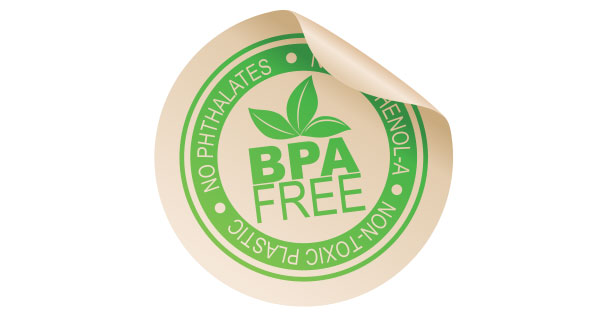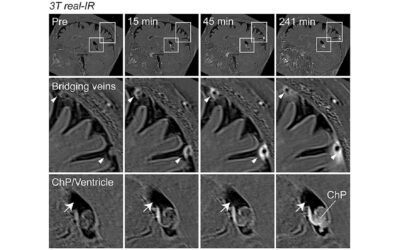There are many factors behind the rising rate of obesity, such as the increased intake of highly processed foods and lower physical activity. But scientists also are exploring less obvious connections, such as stress, sleep deprivation, and even the presence of toxins in the food supply.
Almost 4,000 new ingredients have entered our food supply since the industrial revolution. Most are a good thing, as they provide benefits like flavor enhancement and extended shelf life. Others are unintentional compounds picked up during the food production process. While food and water are essential to life, they also serve as a vehicle for exposure to some compounds that pose potential health concerns.
Obesogens in the food supply
The term “obesogens,” coined in 2006, refers to chemicals in our environment – including the food system – that can disrupt our metabolism and increase body fat. Examples include persistent organic pollutants (POPs), pesticides and heavy metals.
These chemicals come into contact with food on the farm from water, soil or crop inputs. They’re also released into the air and water where the compounds may be consumed by smaller creatures, like fish, and accumulate in the tissues of animals as they move up the food chain.
Plastics in the food system
 One concern is potential harm from compounds in plastics, which come into contact with food during production and packaging. These compounds include bisphenol A (BPA), phthalates, and organotins, which can leach into foods during contact, especially when temperatures are high or the food is acidic.
One concern is potential harm from compounds in plastics, which come into contact with food during production and packaging. These compounds include bisphenol A (BPA), phthalates, and organotins, which can leach into foods during contact, especially when temperatures are high or the food is acidic.
How do they work?
These compounds (called endocrine disrupters) can disrupt metabolism by mimicking hormones responsible for blood sugar regulation and fat storage. A 2014 review in “Current Obesity Reports” concluded that, although there is not strong evidence in humans that endocrine disrupters directly contribute to obesity, the current research is compelling, and warrants additional vigorous research.
Avoid food toxins
Here are things you can do to avoid potential obesogens, according to Kim Robien, Ph.D., R.D., C.S.O., researcher in environmental nutrition at George Washington University School of Public Health and Health Services:
1. Prepare food from scratch, when possible.
2. Store food in glass or stainless steel instead of plastic.
3. Never heat food in plastic containers or dishes.
4. Do not place plastics in the dishwasher.
5. Avoid plastics with the recycling codes 3 (contains phthalates), 6 and 7 (contains BPA).
6. Avoid leaving plastic water bottles in warm places.
Food toxins with a potential link to obesity
1.Bisphenol A (BPA): Found in polycarbonate bottles, canned foods. Endocrine disruptor
2. Phthalates: Found in a variety of food; enters via food production, procession and preparation. Trigger fat storage.
3. Organotins: Found in seafood. Modifies fat storage and regulation and energy metabolism.
4. Persistent organic pollutants and pesticides: Found in oils, seafood, foods cooked in non-stick pans, berries, fermented foods, meat/animal products. Impairs blood surage regulation and fat metabolism.
5. Heavy metals: Found in rice, spinach, lettuce, herbs (from contaminated water or soil). Endocrine disruptor; interferes with adrenal signaling.









